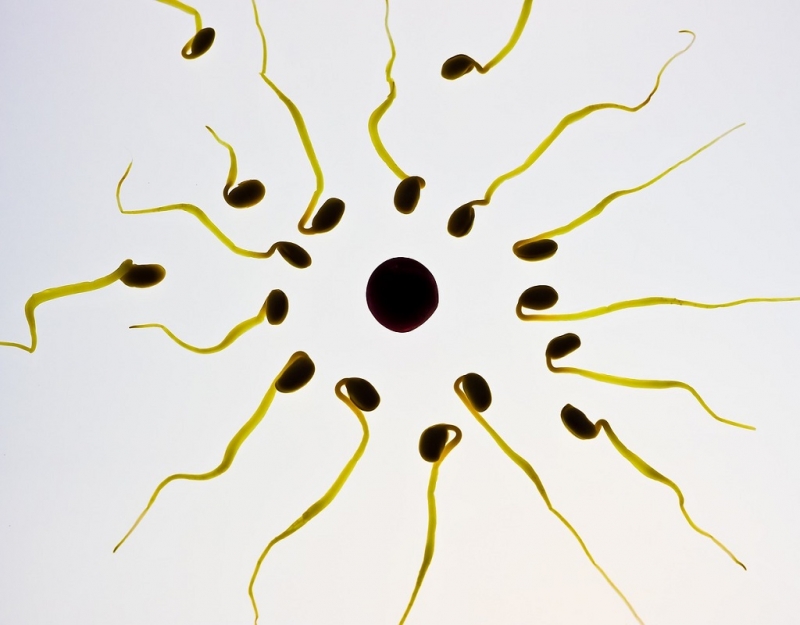Each month, women experience ovulation – the phase of the menstrual cycle that involves one of the ovaries releasing an egg (ovum). It generally occurs about two weeks before your period starts. If that ovum meets a sperm on its path along the fallopian tube, your journey to motherhood has begun.
For the majority of women, ovulation occurs about once every month, from adolescence until menopause, interrupted only by pregnancy or breastfeeding. Some women, though, experience irregular ovulation or don’t ovulate at all. Trying to conceive can be, for many women, a stressful time, but learning to understand your own body’s cycle and recognise signs of ovulation may help minimise some of that pressure.
There are some common physical changes that can be used to monitor a woman’s menstrual cycle. The aim of recording these daily changes is to identify the time of ovulation or releasing an egg for fertilisation. You can use our fertility chart to record all your changes or you may choose to only observe one or two of them.
Click here to read more about the various physical signs to look for and how to use your observations to work out your most fertile time.
Read more about phases in a normal menstrual cycle:







Leave A Comment
You must be logged in to post a comment.